La piuma e il colibrì. Su Here di Robert Zemeckis / Gino Frezza

Editorial
ON PALESTINE
Intersectionality and Peace
La Furia Umana, a journal of interference that (from the beginning) overcrosses boundaries, aims, on the contrary, to promote intersectionality and peace.
La piuma e il colibrì. Su Here di Robert Zemeckis / Gino Frezza
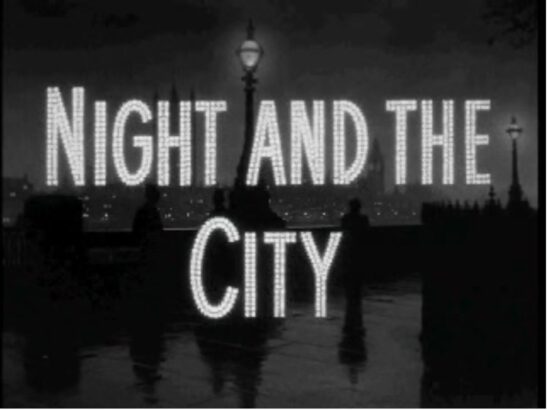

ON PALESTINE
Intersectionality and Peace
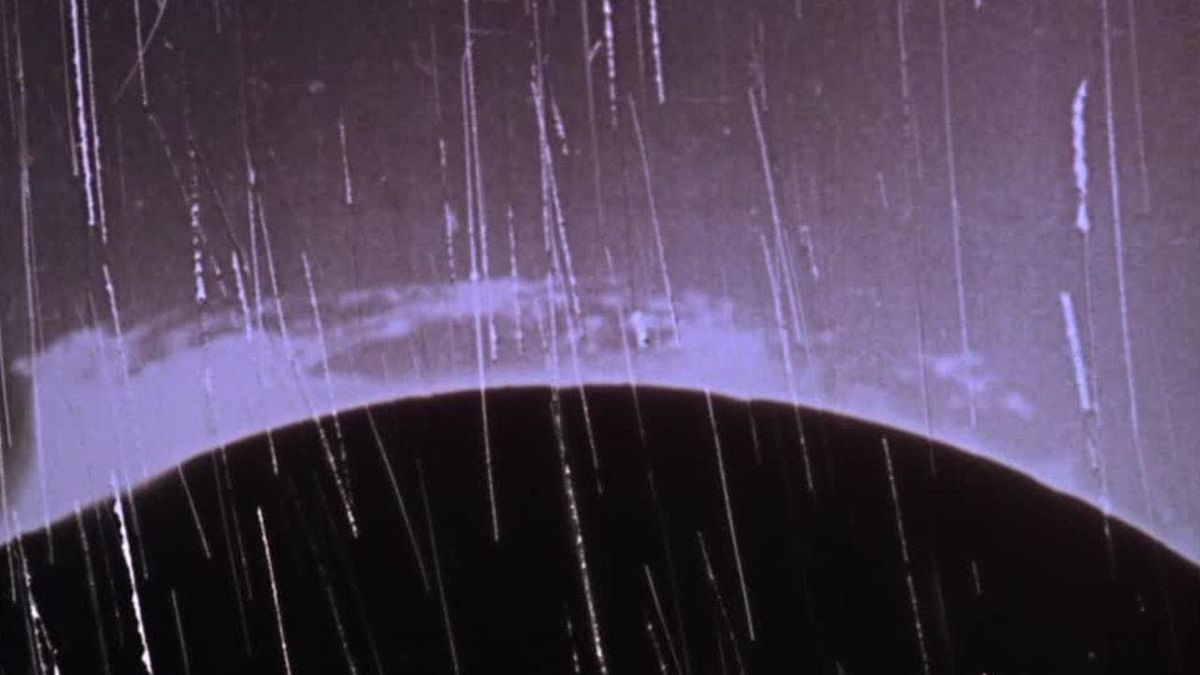
Peter Kubelka in conversation with Eve Heller and Peter Tscherkassky
Peter Kubelka: I met Brakhage the first time in 1958, on the occasion of the World Exhibition in Brussels, which included an experimental film competition. Of course, you know I always hated the word “experimental” – because I simply consider myself a filmmaker, period.
With a short note written by David E. James
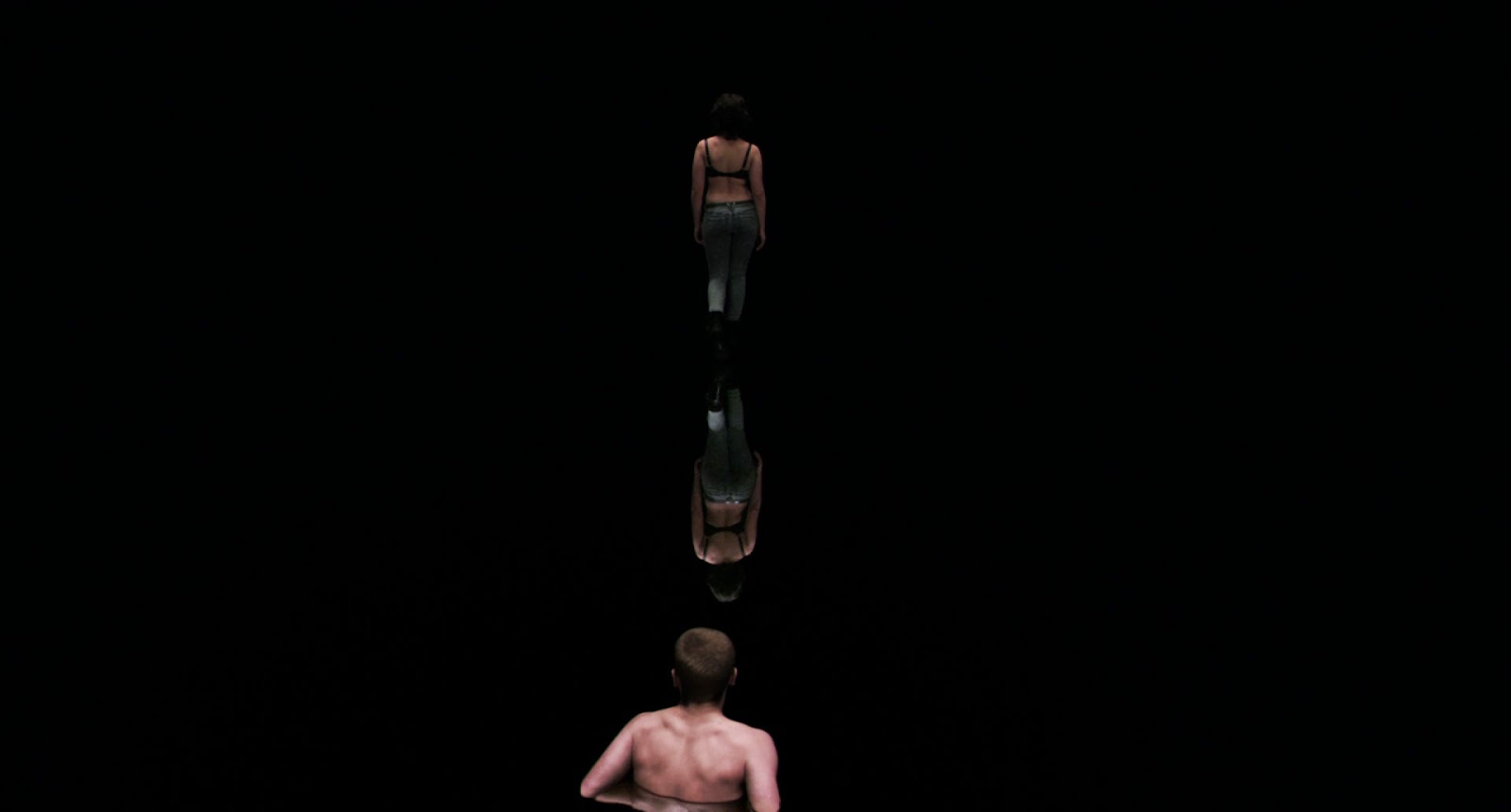
Dossier coordonné par Judith Langendorff et Benjamin Léon
Des chercheurs de différentes disciplines (théorie du cinéma, photographie, arts plastiques, littérature, culture visuelle) interrogent les expériences du nocturne, de ses couleurs, luminosités, opacités et profondeurs particulières.
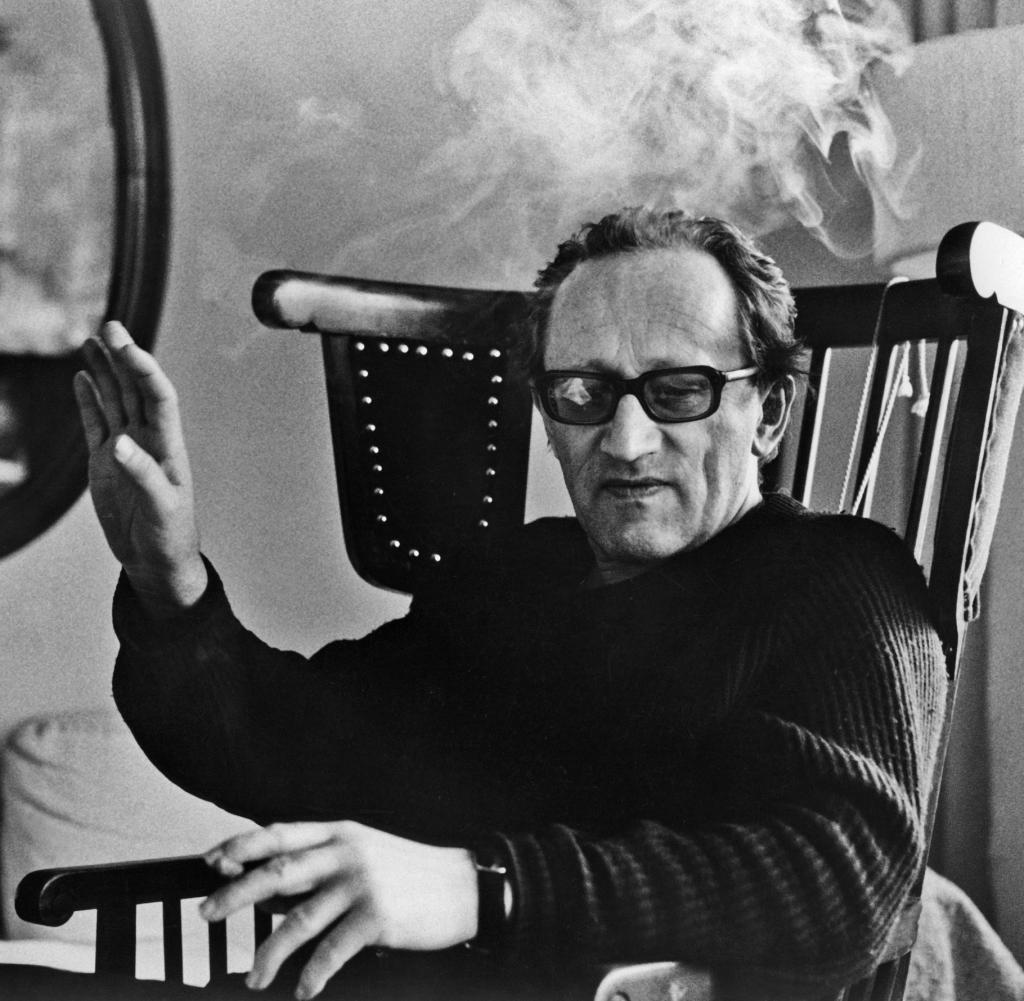
Plotinus according to R. Bruce Elder
Heiner Müller presentato da Vincenzo Frungillo
The Passenger di Cormac McCarthy
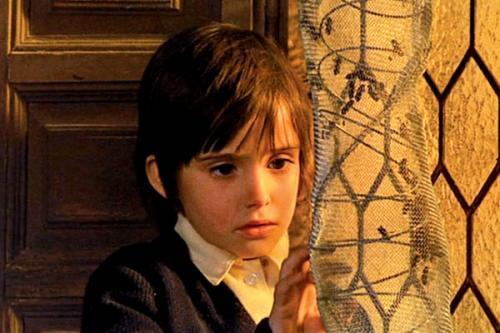
Mark Rappaport, Pickpocket – Revisited, Again
Carlos Losilla, San Sebastián, Víctor Erice y otra historia del cine
Mireia Iniesta, Reclusión y eterno retorno del cine contemporáneo
Toni D’Angela, Yasujiro Ozu o la forma immutabile del mutamento
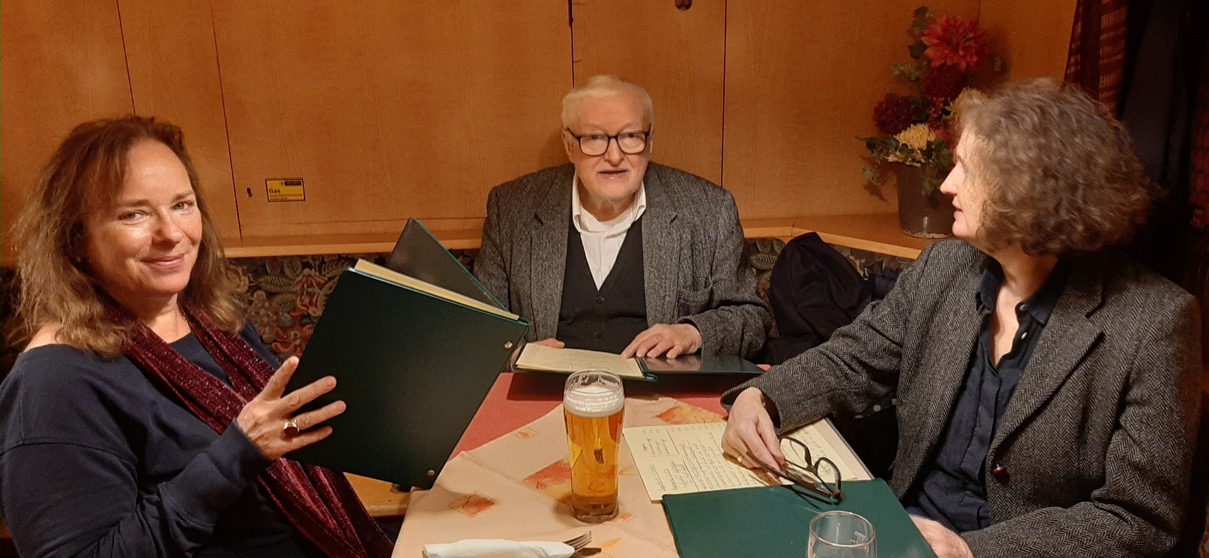
Peter Kubelka: I met Brakhage the first time in 1958, on the occasion of the World Exhibition in Brussels, which included an experimental film competition. Of course, you know I always hated the word “experimental” – because I simply consider myself a filmmaker, period.
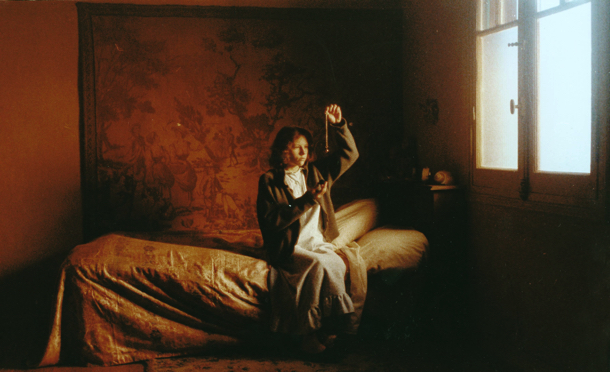
Carlos Losilla
La última edición del Festival de San Sebastián, celebrada en septiembre de 2023, supuso la consagración definitiva de Víctor Erice. Se preguntarán ustedes el porqué de tal afirmación, tratándose de un cineasta que empezó su carrera profesional en los años 60 del siglo pasado y atravesó las décadas siguientes con algunas de las películas más destacadas de la “modernidad” cinematográfica: de El espíritu de la colmena (1973) a El sol del membrillo (1992) pasando por El Sur (1983), por no mencionar cortometrajes, mediometrajes, instalaciones y otros formatos.